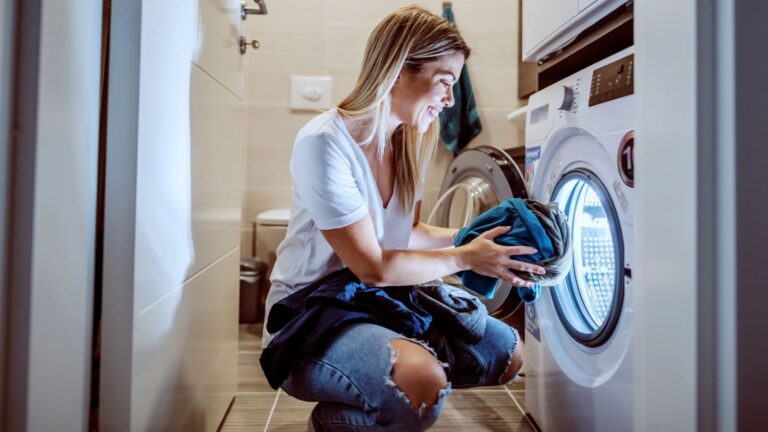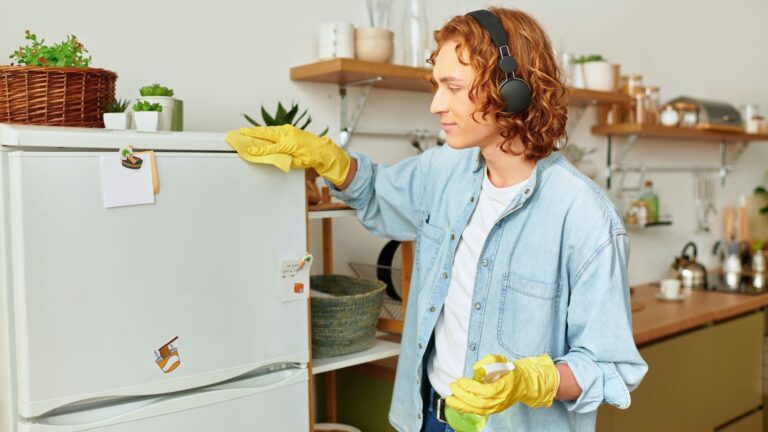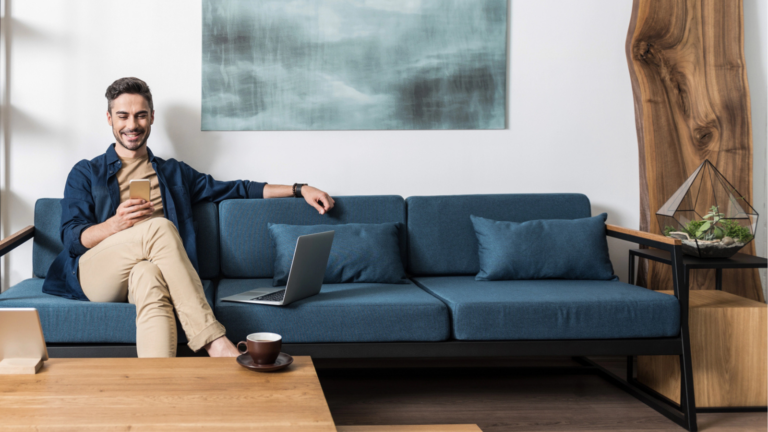16 Decluttering Habits That Changed My Life
Clutter doesn’t show up all at once. It creeps in little by little until it feels like your stuff is running the show. These habits helped me take back control—without a full home makeover or a weekend-long purge. They’re simple changes, but together, they’ve made a huge difference in the way I live.
I Stopped Saving Things “Just in Case”
This was the first habit I had to break. I kept so many things out of fear—what if I need this someday? But most of the time, “someday” never came. That old phone charger, the extra tote bags, the craft supplies I never touched? They sat there collecting dust. When I started asking, “Have I used this in the past year?” it became easier to let go. If I really needed something later, I could borrow or replace it. Keeping it around “just in case” was costing me space and peace of mind.
I Made a Donation Bin Part of My Home
Instead of waiting for a big clean-out, I keep a donation bin in my closet all the time. If I try something on and it doesn’t fit or feel right, it goes in the bin. Same with anything I notice we’re not using anymore. Having that bin out in the open makes it easy to declutter a little at a time. Once it’s full, I drop it off and start again. No second-guessing, no guilt, no pileups in the corner. It’s become part of my normal routine.
I Created a One-In, One-Out Rule
This one keeps clutter from coming back. When I bring something new into the house—clothes, dishes, toys—I find one thing to let go of. If I buy a new sweater, I donate an old one. If I get a new baking pan, I pass on the scratched-up one I never use. It’s a simple rule that makes me more thoughtful about what I bring home. It also helps me realize how often I used to buy without really needing anything. Now, I’m more intentional—and my house stays more manageable.
I Gave Everything a Home
Clutter loves things without a home. When items don’t have a clear place to go, they end up floating around—on counters, in bags, in random drawers. I started giving every item a specific spot. My keys go in a bowl by the door. Chargers live in a small box. Even scissors and tape have a set home. It took time to figure out, but once everything had a place, cleaning up became faster and easier. I don’t waste time searching anymore, and stuff stops piling up in random places.
I Let Go of the Guilt
I used to hang onto things because they were gifts, or because they were expensive, or because I should like them. But keeping something out of guilt isn’t doing anyone any favors. I had to remind myself: the gift already served its purpose. If I don’t use it or enjoy it, it’s okay to let it go. The money was already spent—it won’t come back just because I hang onto the item. Letting go of guilt helped me clear so much space—physically and mentally.
I Stopped Buying Storage Bins First
In the past, I’d hit the store and buy bins or baskets hoping they’d fix the mess. But they never worked because I hadn’t done the actual decluttering yet. Now I wait until after I’ve gone through everything. Most of the time, I realize I don’t need extra storage at all—I just needed less stuff. When I do need something to organize, I use what I already have first. This small shift saved me money and kept me from just rearranging clutter into prettier containers.
I Set a Daily 10-Minute Timer
Decluttering doesn’t have to mean emptying a whole room. I started with just 10 minutes a day. One drawer, one surface, one shelf—whatever I could manage in that time. Some days I did more, but even on the busy ones, I knew I could spare ten minutes. It kept me from burning out and made decluttering feel like a normal part of the day. Little by little, the whole house started feeling lighter. It’s still my favorite trick when things start creeping in again.
I Cleared the Counters (and Kept Them That Way)
My counters used to be covered in stuff—mail, keys, chargers, appliances, random junk. Clearing them off was a game-changer. I put away anything we didn’t use every day and found a real home for the rest. Now, I only keep what’s useful and easy to clean. The space looks better, feels calmer, and is way easier to wipe down. I still catch myself setting things down, but now I notice—and fix it. A clean counter makes the whole room feel less chaotic.
I Took Photos of Sentimental Items
Letting go of sentimental things is hard. Old birthday cards, baby clothes, keepsakes from trips—I felt guilty tossing them. But I didn’t want to keep storing boxes of stuff I never looked at. So I started taking pictures. I could still remember the item and what it meant, without needing to keep it. Then I picked a few truly special things to keep in a small memory box. Everything else? I let it go. And I didn’t miss it.
I Got Honest About My Space
I used to act like I had unlimited storage. I’d cram things into closets, drawers, and shelves until they overflowed. Finally, I got honest about how much space I really had—and how I wanted it to feel. If something didn’t fit comfortably, it was too much. Instead of trying to make more room, I started aiming for less stuff. It helped me make better choices, and now my home feels more peaceful, not packed.
I Used the “Would I Buy This Again?” Test
This question helped me let go of so much. I’d hold something and ask, “Would I pay for this right now?” If the answer was no, it went in the donate pile. It cut through the noise—sentiment, guilt, “what ifs.” If I didn’t like it enough to buy it again, I didn’t need to keep it. It was a simple way to figure out what actually mattered to me—and what was just taking up space.
I Kept a Trash Bag Handy
This one’s small but so helpful. I started keeping a trash bag or box nearby during everyday routines—laundry, mail sorting, whatever. If I spotted broken, expired, or useless stuff, I tossed it right away. No more moving it around or making mental notes. If I didn’t need it, I got rid of it. It helped me stay on top of clutter without needing a full “decluttering session” every time.
I Paused Before Every Purchase
Shopping used to be part of my routine. I’d buy stuff to fill space, fix moods, or just because it was on sale. Now I pause before buying. Do I need this? Where will it go? Will I still want it next week? Most of the time, I walk away—and never think about it again. That one habit saved me space, money, and regret. It also made the things I do buy feel more useful and intentional.
I Decluttered in Categories, Not Rooms
Trying to tackle a whole room at once felt overwhelming. So I started small—just books, just shoes, just mugs. It was easier to stay focused and make decisions when I saw everything in that category at once. I didn’t worry about finishing a whole room in one go. Category by category, things got simpler. I made real progress without getting burnt out.
I Gave Myself Permission to Go Slow
I used to think decluttering had to be fast and dramatic—bags out the door, full-day cleanouts. That pressure kept me stuck. Once I let myself go slow, things actually got done. A drawer here, a cabinet there. No timeline, no pressure, just progress. Some days I did more, some days nothing. But slow worked. And the best part? I didn’t burn out or give up halfway through.
I Realized Less Stuff Equals Less Stress
It took time, but I finally saw how much clutter was messing with my mood. Cleaning took longer. I lost things all the time. I felt overwhelmed in my own space. Bit by bit, letting go gave me room to breathe. My home isn’t perfect, but it’s manageable. And that made everything—chores, mornings, weekends—feel lighter. Less stuff really did lead to more peace.
This article first appeared on Happy From Home.







